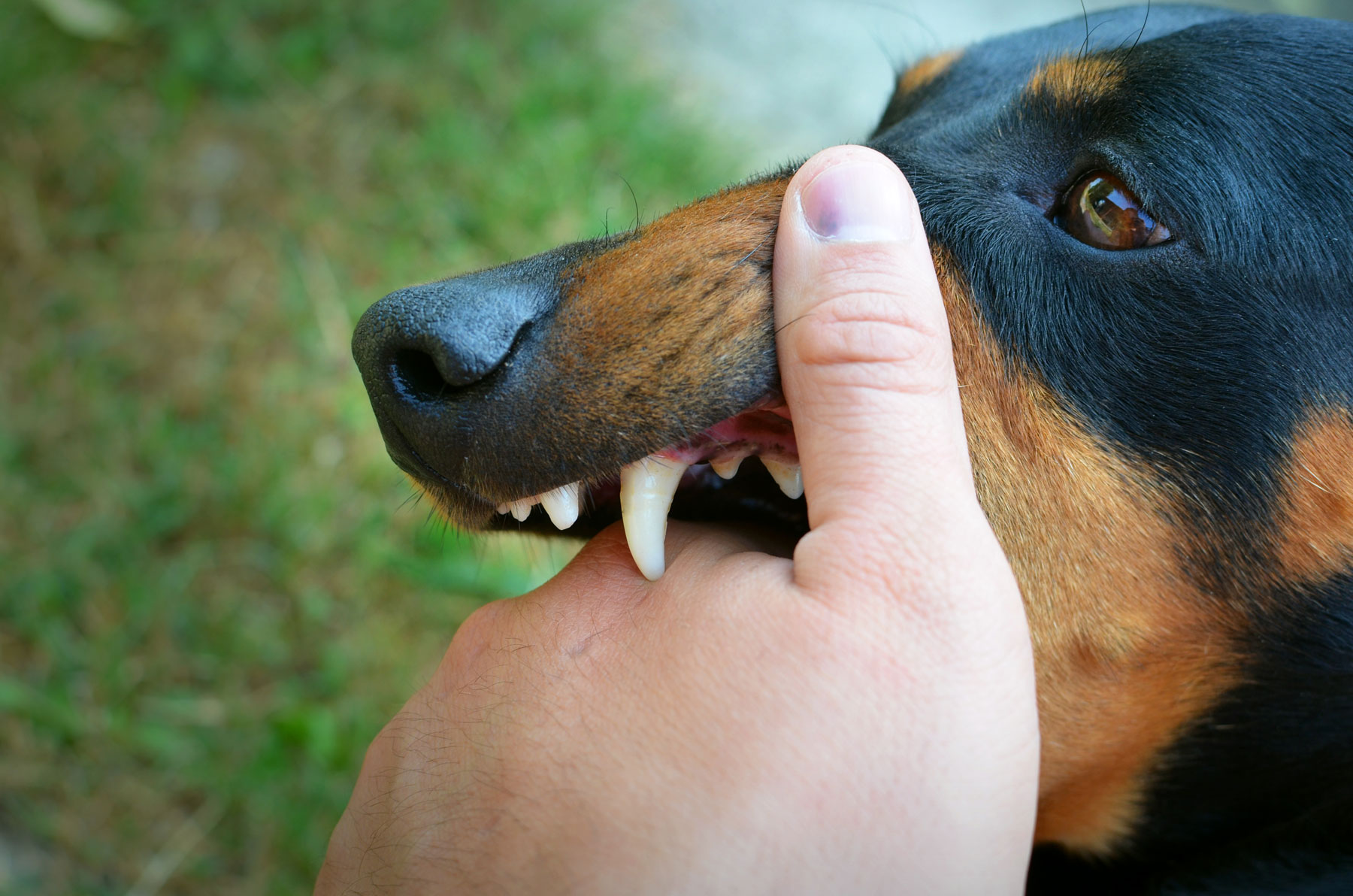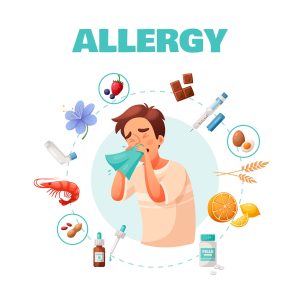Animal bites—whether from dogs, cats, bats, or other mammals—can cause physical injury, infection, and, in some cases, life-threatening diseases such as rabies. This guide provides practical advice on immediate first aid, medical care, prevention, and reporting.
Immediate Do’s (0–15 minutes after a bite)
- Stay calm and move to a safe area away from the animal.
- Wash the wound thoroughly with soap and running water for at least 15 minutes to reduce infection risk.
- Apply gentle pressure with a clean cloth or sterile dressing if bleeding occurs.
- Remove any jewelry or tight clothing near the wound (swelling may occur).
- Note or identify the animal if possible (owner details, description, appearance, or abnormal behavior).
Immediate Don’ts
- Do not delay washing the wound—early cleansing is critical.
- Do not try to suck out the wound, cut it open, or apply home remedies (turmeric, chili, toothpaste, etc.).
- Do not harm or kill the animal yourself; report it to animal control or local authorities.
Wound Care and Medical Attention
Seek medical evaluation for bites that:
- Break the skin
- Are deep or heavily bleeding
- Are on the face, hands, or genitals
Medical professionals may:
- Clean and examine the wound thoroughly, removing debris and dead tissue
- Decide whether stitches are needed (some bites are left open to reduce infection risk)
- Administer a tetanus booster if indicated
- Prescribe antibiotics for high-risk bites (cat bites, some dog bites)
- Assess rabies exposure and initiate post-exposure prophylaxis (PEP) if needed
Rabies: Key Points
Rabies is preventable but almost always fatal once symptoms start. Immediate action is essential if the animal may be rabid (stray, wild, sick-looking, or a bat).
PEP includes:
- Thorough wound washing
- Rabies vaccination
- Rabies immunoglobulin (RIG) when indicated
Exposure Categories (simplified):
| Category | Examples | Typical Action |
| I | Touching or feeding animals, licks on intact skin | None |
| II | Nibbling of uncovered skin, minor scratches without bleeding | Immediate vaccination + wound treatment |
| III | Single/multiple transdermal bites or scratches, saliva contact with broken skin, bat contacts | Immediate vaccination + RIG + wound treatment |
Always follow your local health authority’s vaccine schedule and consult your healthcare provider.
Tetanus and Infection Prevention
- Tetanus: Check vaccination history; booster may be needed if last dose was >5–10 years ago.
- Antibiotics: Recommended for cat bites, human bites, deep puncture wounds, or contaminated wounds.
Seek Emergency Care Immediately If:
- Bleeding is uncontrollable
- Bite is on face, neck, hands, joints, or genitals
- Signs of severe infection (rapidly spreading redness, warmth, pus, fever, swollen lymph nodes)
- Loss of function or tissue damage
- Bites from wild animals or bats, or the animal cannot be located
Prevention, Reporting, and Legal Steps
- Keep pets vaccinated (rabies and regular veterinary care).
- Avoid approaching stray or wild animals; teach children the same.
- Report bites to local health or animal-control authorities.
- If safe, observe the animal or inform its owner for public-health monitoring.
Common Myths and Clarifications
- Myth: Small or superficial bites don’t need medical attention.
Clarification: Any bite that breaks the skin should be evaluated. - Myth: Home remedies prevent infection.
Clarification: They can cause harm and delay proper care. - Myth: Only dogs transmit rabies.
Clarification: Many mammals—bats, cats, raccoons, foxes—can carry rabies.
Patient Checklist After a Bite
- Wash the wound immediately for 15 minutes.
- Apply a clean dressing and control bleeding.
- Seek urgent medical attention for deep or high-risk wounds.
- Inform your clinician about the animal type, vaccination status (if known), and bite circumstances.
- Complete prescribed antibiotics, rabies vaccines, and tetanus boosters.
- Keep records (photos of the wound, medical notes) for reference.
Dr. Sreedhara Raja Urs. K
M.B.B.S, MCEM ( Royal college of Emergency Medicine UK )
Consultant – HOD & Lead consultant in Emergency Medicine
Dr Anjum Akbar Mujawar
MBBS FEM MEM PEM CCEBDM
Consultant – accident & emergency














